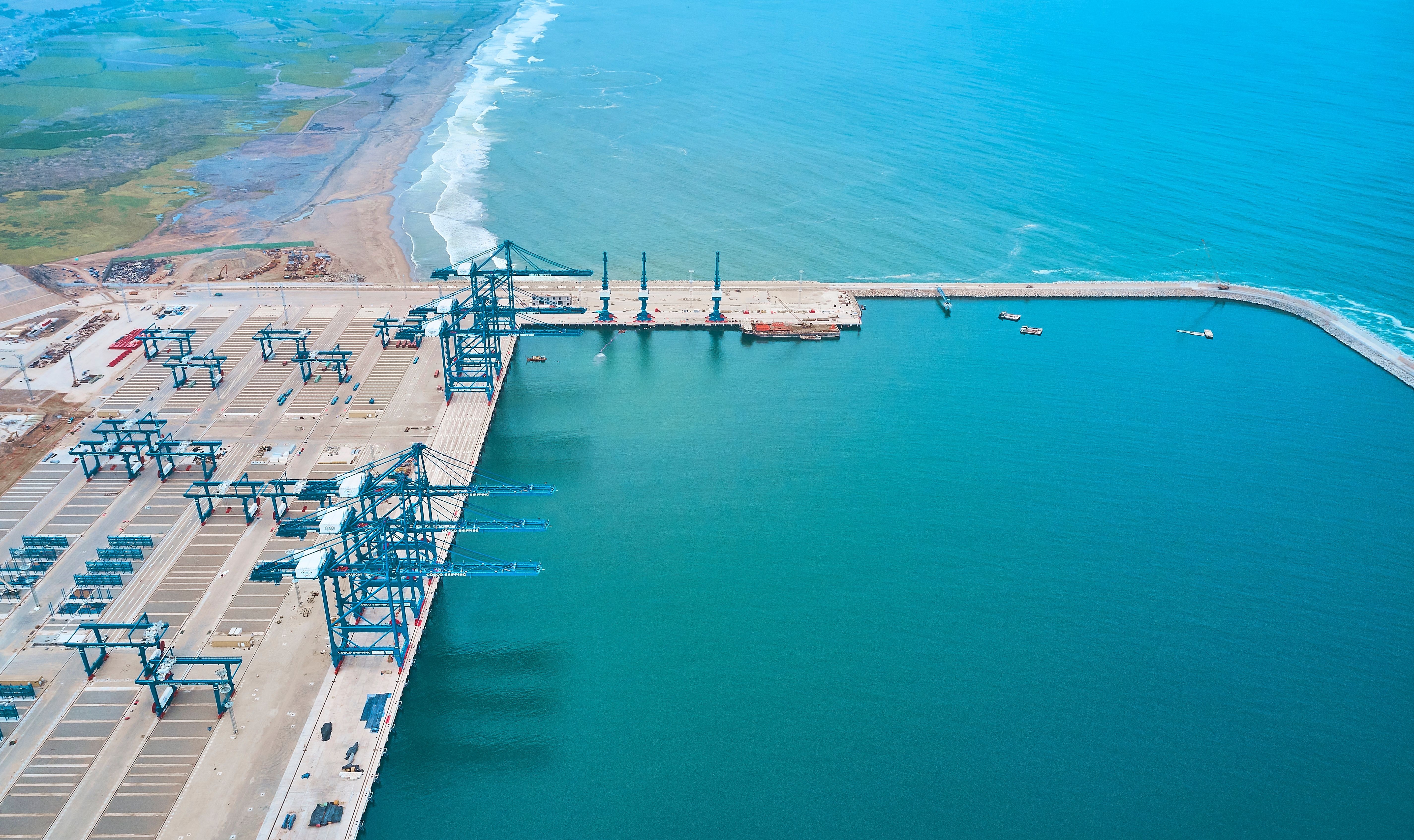An Interview with Jon Phillips, CEO of the GIIA
With governments worldwide competing to attract private sector investment to drive new infrastructure projects and meet net zero targets, how can regulation and policy incentives be leveraged to overcome obstacles and boost investor confidence?
The key is creating a stable long-term playing field where investors feel confident putting their capital to work. That requires joined up government and regulatory thinking, with clear, consistent policies and incentive-based regulation. Governments can provide targeted incentives like tax credits and grants which make projects more bankable, while regulators need to balance their responsibility to consumers with the need to attract huge levels of private investment. It’s not just about the carrots; it’s about cutting red tape too. Faster approvals and streamlined planning processes reduce uncertainty and help improve the attractiveness of a market.
How can governments optimise financing models to unlock greater private sector investment in infrastructure markets?
It comes down to creating the right balance between risk and return. The more governments and regulators can do to remove risk, and create predictable rates of return, the lower the cost of capital and ultimately the impact on consumer bills. Blending public and private capital through co-investment models or offering guarantees makes projects less risky and more appealing. Introducing stable, long-term revenue streams, like regulated asset base models (RAB) or through Public Private Partnerships (PPPs), gives investors confidence that they’ll see consistent returns. Speeding up procurement processes and offering a clear, steady pipeline of projects of all sizes also creates momentum and keeps investors engaged. The clearer and more investable the landscape, the more capital will flow in.

How is the GIIA encouraging more responsible investing?
Our members are increasingly realising that sustainable investing isn’t just the right thing to do, it’s good business. We have an established sustainability working group, bringing together members who are actively driving investment in sustainable infrastructure. Crucially, this isn’t about simply ticking ESG boxes, it’s about recognising that sustainable infrastructure delivers long-term value, reduces risk and meets growing market demand. More and more, investors see sustainability as a core driver of stable, reliable returns, not just a compliance exercise.
What key messages are you hoping to get across at Innovation Zero World?
The big message is that hitting net zero targets simply isn’t possible without significant private investment. With government budgets stretched thin, the private sector has a critical role to play in financing and delivering the infrastructure needed for a low-carbon future. But to unlock that capital, we need clear, consistent policies, incentive-based regulation and faster planning approvals. Mixed signals and political uncertainty create unnecessary risk, which holds back investment. By creating a predictable, pro-investment environment, governments can attract the private capital needed to build out renewable energy, modernise transport and meet our collective net zero goals.

Jon Phillips, CEO, GIIA


